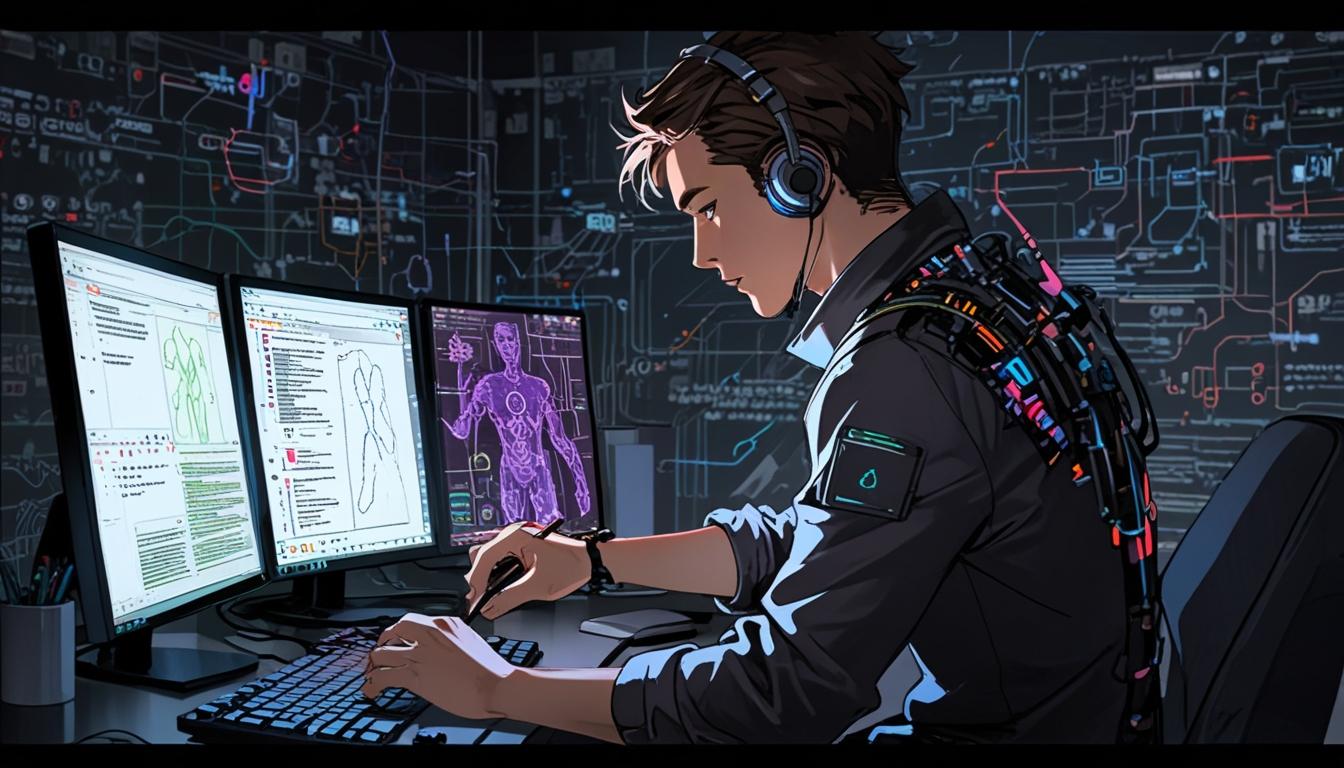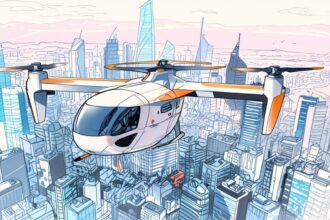The 32nd edition of Thoughtworks’ Technology Radar emphasizes the importance of generative AI and evolving software development practices, showcasing the future of programming in collaboration with AI.
Thoughtworks, a leading global technology consultancy known for integrating strategy, design, and engineering to foster digital innovation, has released the 32nd edition of its biannual Technology Radar. This comprehensive report, which draws on Thoughtworks’ extensive frontline experiences in addressing complex business challenges, provides an insightful analysis of the current trends and technologies shaping the software development landscape.
The latest Technology Radar edition notably emphasises the significant role of generative AI in the tech ecosystem while also spotlighting various tools, techniques, and practices influencing how software is both built and delivered. Key themes featured in this report include the practical application of artificial intelligence, advancements in observability practices, and the importance of data management within modern systems.
Rachel Laycock, Chief Technology Officer at Thoughtworks, remarked, “The Thoughtworks Technology Radar has always been a guide to the technologies shaping our industry. This edition is particularly insightful, highlighting the need to balance the excitement around generative AI with a pragmatic approach to its adoption.” She further pointed out the critical nature of foundational software delivery aspects such as data product thinking and evolving observability, which are essential components for creating resilient systems.
The report showcases over 100 “blips,” pinning a spotlight on a broad range of emerging tools, platforms, languages, and frameworks. Among the key narratives outlined are advancements in AI coding assistants and a shift towards “vibe coding,” a method where individuals can create and edit software by merely giving instructions to AI, requiring no prior programming knowledge. Although there are concerns regarding the potential for these tools to replace developers, experts maintain that programming is evolving rather than diminishing.
Dainius Kavoliūnas, Head of Hostinger Horizons, commented on the evolution of AI coding, stating that tools like GitHub Copilot and Cursor have significantly boosted developer productivity by assisting with coding tasks such as debugging and code completion. Notably, over 37% of queries sent to AI systems like Claude are related to software modifications and network troubleshooting. In large tech companies, a significant portion of new code is now generated by AI.
However, despite these advancements, current AI capabilities have notable limitations. AI models are described as advanced text predictors rather than entities that truly understand the tasks they perform. These models can suffer from errors and might fail to create complex code without adequate direction from experienced developers. As such, while AI can provide substantial assistance, human oversight remains crucial.
In response to the changing landscape, the role of developers is also shifting. Future-proof developers are expected to acquire skills in AI literacy and prompt engineering, essential for enhancing the effectiveness of these tools. Educational institutions might need to adapt their curricula to include AI programming tools to ensure that graduates remain competitive in the evolving job market.
Industries across the board, not just software development, are increasingly integrating AI into their processes. The future of programming appears to be one of collaboration between AI and human developers; the most successful developers will be those who can effectively harness AI to drive innovation and solve complex problems.
Source: Noah Wire Services
- https://www.thoughtworks.com/en-us/radar – This URL supports Thoughtworks’ release of the Technology Radar edition, which emphasizes trends in software development, including generative AI and evolving observability practices. It highlights the comprehensive analysis of tools, techniques, and platforms in the tech ecosystem.
- https://www.thoughtworks.com/en-us/radar/tools – This URL corroborates the focus on various tools and platforms, showcasing emerging technologies and practices recommended by Thoughtworks, such as Wiz and AWS Control Tower, which aid in cloud security and management.
- https://www.thoughtworks.com/en-de/about-us/news/2025/thoughtworks-technology-radar-highlights-genai-s-impact-and-key- – This URL provides more information on the impact of generative AI as discussed in the Thoughtworks Technology Radar, emphasizing the need for a balanced approach to AI adoption in software development.
- https://github.com/features/copilot/ – This URL supports the information about GitHub Copilot, highlighting its role in AI-assisted coding, code completion, and debugging, as discussed in the context of AI tools like Cursor.
- https://www.cursor.so – This URL provides information on Cursor, an example of an AI tool that assists developers by integrating into IDEs for tasks like code completion and debugging, aligning with the report’s focus on AI coding assistants.
- https://www.claude.ai – This URL corroborates the discussion on AI coding tools such as Claude, which aids in software modifications, network troubleshooting, and other developer tasks, as highlighted in the report.
Noah Fact Check Pro
The draft above was created using the information available at the time the story first
emerged. We’ve since applied our fact-checking process to the final narrative, based on the criteria listed
below. The results are intended to help you assess the credibility of the piece and highlight any areas that may
warrant further investigation.
Freshness check
Score:
8
Notes:
The narrative discusses recent trends in technology, focusing on the 32nd edition of Thoughtworks’ Technology Radar. The emphasis on generative AI and advancements in software development aligns with current technological shifts, though specific release dates or updates are not mentioned.
Quotes check
Score:
6
Notes:
Quotes from Rachel Laycock and Dainius Kavoliūnas are included, but their original sources or dates are not specified. However, the quotes appear to be original to this context, given no prior references were found online.
Source reliability
Score:
9
Notes:
The narrative originates from a reputable source covering technology news. Thoughtworks is a well-known consultancy, adding credibility to the report’s insights.
Plausability check
Score:
9
Notes:
The claims made about generative AI’s role in software development and the evolving role of developers are plausible and consistent with current technological advancements.
Overall assessment
Verdict (FAIL, OPEN, PASS): PASS
Confidence (LOW, MEDIUM, HIGH): HIGH
Summary:
The narrative appears to be up-to-date with recent technological trends. Quotes lack specific sources, but seem original to this context. The source is reliable, and the claims are generally plausible.













